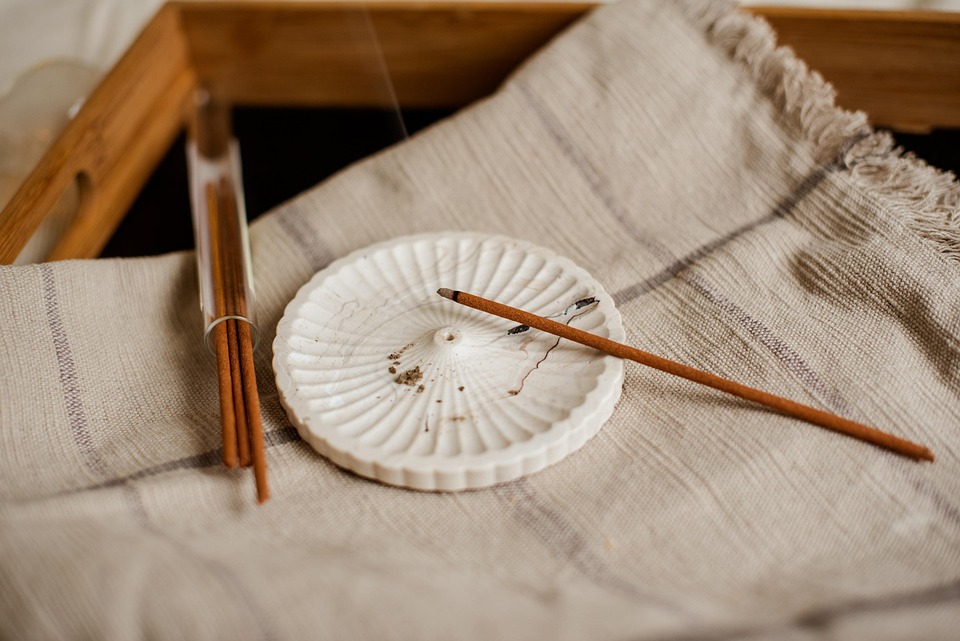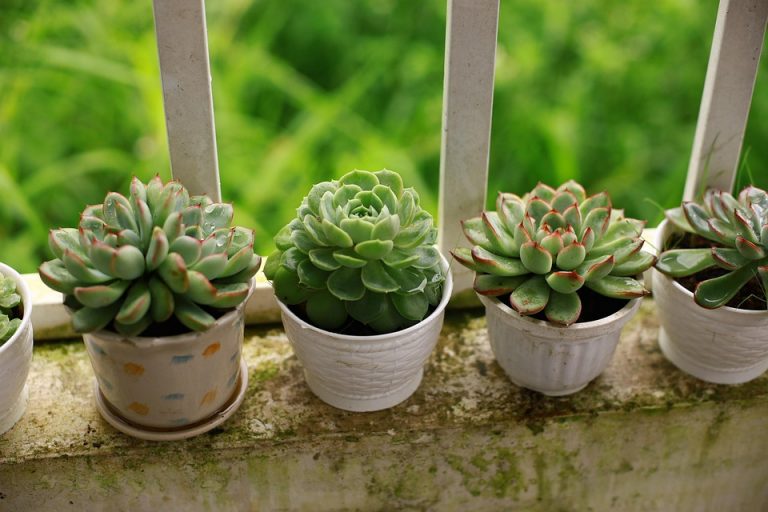Natural home fragrances are the quiet, honest way your rooms tell stories about you. They mean clean sheets that smell like sun, a living room that invites conversation, a bedroom that soothes you to sleep. If you care about mood, air quality, and the small luxuries that make home feel like a refuge, this matters.
I’ve lived long enough to know synthetic sprays can mask and irritate. Natural home fragrances do the opposite: they enhance, calm, and refresh without the chemical hangover. Below, you’ll find seven effective, sensory-rich ways to freshen every room using ingredients you can trust — plus the why behind each choice, practical tips, and science that backs them up.
Contents
- Natural Home Fragrances: Why They Matter
- 1. Simmer Pots: Slow-Release, Kitchen-Born Perfume
- 2. Essential Oil Diffusers: Targeted, Clean, Versatile
- 3. Beeswax And Soy Candles: Warmth With A Clean Burn
- 4. Dried Herb Sachets And Linen Sprigs: Subtle, Long-Lasting Notes
- 5. Baking Soda And Oils: Odor Neutralizers With Character
- 6. Fresh-Cut Citrus And Herbs: Bright, Natural Pick-Me-Ups
- 7. DIY Room Sprays With Witch Hazel: Fast, Controlled Freshening
- Natural Home Fragrances That Work For Different Rooms
- DIY Recipes To Try Tonight
- Practical Sourcing And Storage Tips
- Natural Home Fragrances: Quick Troubleshooting
- Bottom Line
Natural Home Fragrances: Why They Matter
Scent affects memory, mood, and even your stress hormones. Research from reputable institutions shows that scents like lavender can reduce anxiety and that citrus notes boost alertness. Choosing natural home fragrances reduces exposure to some volatile organic compounds found in many synthetic air fresheners, making your home kinder to breathing bodies.
You don’t need to be a perfumer to curate a scent profile. You need curiosity, a few simple tools, and a willingness to try what actually works. Below are seven ways you can freshen rooms with nature’s own perfume, each with practical how-tos and small experiments you can try tonight.
1. Simmer Pots: Slow-Release, Kitchen-Born Perfume
A simmer pot is the original slow-burn diffuser. Fill a saucepan with water, add citrus peels, cinnamon sticks, cloves, and a sprig of rosemary. Let it simmer gently on low for hours, topping off with water as needed.
Simmer pots are bold, immediate, and warm. They’re perfect for living areas and kitchens where you want a cozy, inviting scent. For a fresher note, add a splash of apple cider vinegar to cut sweetness — it’s an old household trick that neutralizes odors.
2. Essential Oil Diffusers: Targeted, Clean, Versatile
Diffusers disperse concentrated plant extracts into the air with minimal fuss. Use high-quality essential oils — true lavender, lemon, eucalyptus — and swap blends depending on the room. A small diffuser in a bathroom or nursery can work wonders for hours.
Studies published on PubMed and health sites discuss how certain essential oils influence mood and sleep, so choose with intention. Diffusers also allow you to control intensity and timing, which is helpful if you or someone in your home is scent-sensitive.
3. Beeswax And Soy Candles: Warmth With A Clean Burn
Candles are memory machines. When you choose natural home fragrances in the form of beeswax or soy candles scented with pure essential oils, you get a warm glow and a safer burn than many paraffin options. Beeswax candles even produce negative ions that some experts suggest help clear the air.
Light them in the evening to signal calm. Keep wicks trimmed and never leave candles unattended. The soft light plus subtle scent can change how a room feels faster than rearranging furniture.
4. Dried Herb Sachets And Linen Sprigs: Subtle, Long-Lasting Notes
Dried lavender, bay leaves, rosemary, and cedar chips tucked into drawers or hung in closets are like whispering reminders of the outdoors. Make small sachets with muslin and place them in linens, gym bags, or under pillows. They’re low-maintenance and last months.
This method is especially good for small, enclosed spaces where a strong spray would overwhelm. It’s also wallet-friendly and an excellent way to preserve summer herbs for winter.
5. Baking Soda And Oils: Odor Neutralizers With Character
Baking soda neutralizes odors; essential oils add personality. Mix a cup of baking soda with 10–15 drops of your favorite essential oil and place it in a jar with holes punched in the lid. Shake occasionally to refresh the aroma.
This combo is brilliant for closets, shoe storage, and refrigerators. It absorbs unwanted smells rather than simply covering them, which is a smarter, more honest approach to freshness.
6. Fresh-Cut Citrus And Herbs: Bright, Natural Pick-Me-Ups
Citrus peels release limonene, a bright, mood-lifting compound. Toss peels into a bowl with a handful of crushed mint or basil and set them on a kitchen counter. Refresh daily. Use orange, lemon, or grapefruit peels depending on how sweet or tart you want the scent.
This is immediate, affordable, and completely compostable. The peel mix works best in open areas where airflow can carry the scent instead of concentrating it.
7. DIY Room Sprays With Witch Hazel: Fast, Controlled Freshening
A room spray is the quickest way to adjust atmosphere. Combine witch hazel, distilled water, and essential oils in a spray bottle for a light mist that won’t leave sticky residues. Use lavender for bedrooms, rosemary-citrus for kitchens, and eucalyptus for bathrooms.
Witch hazel helps disperse the oils more evenly and prevents the bottle from clumping. Keep small bottles in different rooms so you can fine-tune scent scenes instantly.
How To Layer Scents Like A Pro
Layering is perfume 101: choose a base, a middle, and a top note. For base notes, think cedar or vetiver; for middle notes, lavender, geranium, or chamomile; for top notes, lemon, bergamot, or peppermint. Start with low concentrations and build up.
Layering prevents one-note fatigue and creates a more sophisticated aroma that changes pleasantly over hours. Test small areas before committing to an entire room to make sure the mix sings.
Safe Use Tips And Sensitivity Considerations
Not all natural scents are harmless for everyone. Essential oils are potent and should be diluted for children, pets, or people with respiratory conditions. The Environmental Protection Agency and health institutions offer guidance on indoor air quality and how to reduce harmful exposures.
Always ventilate when trying a new fragrance. Patch-test a cloth or pillowcase before dousing linens, and keep ingredients out of reach of children and pets.
Cleaning As Fragrance: The Unsung Power Of Nonfragrant Practices
Scent starts with surface health. Regular cleaning, prompt trash removal, and humidity control reduce odor sources so your natural home fragrances can shine. An over-scented room often hides a deeper issue: mold, stale textiles, or trapped moisture.
Use vinegar and baking soda for cleaning where appropriate, and run exhaust fans in humid rooms. A clean base lets subtle, natural scents perform at their best.
Natural Home Fragrances That Work For Different Rooms
Bedrooms respond to lavender, chamomile, and soft wood notes. Living rooms like citrus or rosemary blends that invite conversation. Bathrooms need antimicrobial notes like tea tree or eucalyptus. Kitchens welcome citrus and herb blends that feel lively and clean.
Experiment with one method per room for a week. Keep a small notebook: what made you smile, what was too strong, and what made guests comment positively. That real feedback is your best guide.
DIY Recipes To Try Tonight
-
Citrus-Rosemary Simmer: water, orange peels, rosemary sprigs, a cinnamon stick. Simmer on low.
-
Linen Spray: 2/3 distilled water, 1/3 witch hazel, 10 drops lavender, 5 drops bergamot. Shake before use.
-
Baking Soda Freshener: 1 cup baking soda, 12 drops lemon essential oil, jar with holes.
Each recipe is tweakable. Start light, then add a drop or two until it matches your memory of “just right.”
Practical Sourcing And Storage Tips
Buy essential oils from reputable suppliers that list botanical names. Look for therapeutic-grade labeling if you plan to use oils for wellness. Store oils and dried herbs in cool, dark places to preserve potency. Label jars with dates so you rotate stock.
Local farmers’ markets and co-ops are treasure troves for citrus, herbs, and beeswax. Buying whole ingredients keeps costs down and lets you craft unique blends.
Natural Home Fragrances: Quick Troubleshooting
If a scent turns cloying, ventilate immediately and add baking soda to neutralize. If someone has a reaction, open windows, stop the fragrance method, and consult health guidance. If odors persist, investigate possible hidden sources like drains or carpets.
Tuning is part of the practice. Keep samples small, and don’t be sentimental about blends that don’t work.
Bottom Line
Choose natural home fragrances so your rooms smell like care, not chemicals. Use simmer pots, diffusers, clean-burning candles, sachets, baking soda blends, citrus bowls, and witch-hazel sprays to create layered, intentional atmospheres. Test gently, ventilate, and prioritize health when selecting oils and methods. The results will be a home that feels alive, calm, and unmistakably yours.
Be bold with scent. Be kind with safety. Start with one small experiment tonight and notice how your house starts to feel like a sanctuary.
FAQ
Are natural home fragrances safe around pets?
Many natural oils can be harmful to pets, especially cats, so dilute heavily or avoid certain oils like tea tree and eucalyptus. Consult your veterinarian and use ventilation; consider pet-free zones for stronger methods like diffusers or simmer pots.
Do natural fragrances improve indoor air quality?
Natural fragrances don’t clean the air, but some methods — like beeswax candles and ventilation paired with cleaning — reduce irritants and avoid introducing synthetic volatile compounds. For air quality guidance, reliable health organizations explain best practices.
How long will DIY sachets and simmer pots last?
Sachets can last for months if kept dry and refreshed by adding a few drops of oil. Simmer pots are for immediate effect and last only while simmering; their aroma declines within hours after you stop.
Which essential oils are best for sleep?
Lavender and chamomile are widely recommended for sleep support. Small clinical studies and health organizations discuss their calming effects; use them in diffusers or linen sprays at low concentration.
References
-
The National Center for Biotechnology Information provides research on the effects of essential oils and aromatherapy (http://www.ncbi.nlm.nih.gov).
-
The United States Environmental Protection Agency offers guidance on indoor air quality and safe use of products in the home (http://www.epa.gov).
-
The National Institutes of Health hosts articles and overviews about plant-based compounds and their health impacts (http://www.nih.gov).
-
The Cleveland Clinic discusses aromatherapy and safety recommendations for essential oil use (http://www.clevelandclinic.org).
-
Harvard Health Publishing provides accessible articles about scent, sleep, and mood, helping consumers make informed choices (http://www.health.harvard.edu).








